Digital Computer is a device which has the ability to solve problems refining data in separate form.
The information that it operates have many factors like symbols, magnitudes, and letters all these are expressed in binary code in which only two digits are used 0 and 1. A binary digit is called a bit.
Basically, processed data has been converted into binary numbers 0 and 1.
In a digital computer, all the content that is written in English, Spanish, and all the other languages converted into a binary number system that's why all the computers and peoples can communicate with each other.
Examples Of Digital Computer
If a user wants to select the red colors in binary then a set of 8 binary numbers is used 1010111 and for Blue = 11100000.
There are many examples of a digital computer because nowadays it is a basic need for everyones. Laptops, Tablets, Smartphones, Desktops, and Personal Computer (PC) are some examples of digital computers.
Example Of Microcomputers
Examples of the microcomputer are tablets, laptops (MAC Book, Windows), desktop, mobile phones, personal digital assist, server, and pocket calculators, etc.
It is mostly used for database management, file handling, scientific, engineering computations, servers, and business transaction processing.
Examples Of Minicomputer
There are many examples of minicomputers like data general nova, IBM midrange computers, DEC PDP and VAX series, Interdata 7/32 and 8/32, Norsk Data Nord-1, Nord-10, Nord-100, Honeywell-Bull DPS 6/DPS 6000 series, K-202, Control Data's CDC 160A and CDC 1700, etc.
It's commonly used by large companies for censorious applications such as construction, census, buyer statistics, undertaking money planning, and professional transaction, etc.
Examples Of Mainframe Computer
The most common examples of mainframe computers are IBM z10, IBM z13, IBM z14, IBM z15, and IBM z Enterprize, etc.
China has the fastest computer in the world. It currently shows the list of 229 supercomputers.
It is used for many purposes like quantum mechanics, molecular pattern, oil, and gas inspection, weather foresee, and climate investigation, etc.
.
Examples Of Supercomputers
Examples of the world's fastest computers are Sierra (US), Sunway TaihuLight (China), Frontera (US), and Summit (US), etc.
Examples Of Input Devices
It is the piece of computer hardware apparatus that is attached externally to the system such as joysticks, microphones, digital cameras, mouse, scanner, trackball, touch screen, light pen, and keyboard, etc.
It is the piece of computer hardware apparatus that converts the binary system (0 and 1) into readers (human) viewable interface form in which the user had given the input.
Examples Of Output Devices
It includes many devices like audio, text, printers, video, video cards, speakers, plotter graphics, tactile, and monitors, etc.
CPU itself has many components every one is doing different work according to needs.
1. Control Unit (CU)
2. Main Memory
3. Input-Output Equipment
4. Arithmetic -Logic Unit (ALU)
All devices used to enter data and specific program instructions into a computer and to get the results of the processing operation.
The input information received by an input device then it is stored in the main memory or if it is not for instant use then it is stored in an auxiliary storage device.
The control unit selects the instructions from the main memory proper sequence and passes on the appropriate commands to the relevant unit.
It also adjusts the different operating speeds of the input and output devices to the arithmetic-logic unit which has short form ALU. It is to make sure the proper fluctuation of data all over the complete computer system. As from its name it shows that ALU performs only arithmetic and logical innovation to process the data which is coming at exceedingly high speeds in many cases it is in nanoseconds which are billionths of a second.
The control unit, main memory, and arithmetic-logic unit (ALU) when it becomes together it makes the central processing unit which can also be called a CPU of the digital computer system. While on the other hand, other devices like auxiliary storage units, input, and output add up to the outlying apparatus.
Block Diagram Of Digital Computer
In 17th century two-man, one is Gottfried Wilhelm Leibniz and another one is Blaise Pascal invented mechanical digital calculating machines.
First automatic digital computer devised by Charles Babbage. In the 1830s Babbage comes up with his device called Analytical Engine. This mechanical device is used to combine arithmetic operations wit decessions based on its calculations. It was one of the most fundamental elements of modern digital computers.
In the mid of 1800s, George Boole discussed the operating system on 0 and 1 only which is know called as Boole algebra. Boole basically discussed the analog to represents the syllogisms and logical forms.
In 1939, John V. Atanasoff which is an American physicist and mathematician ascribed the first electronic digital computer. He constructed this computer from 1939 to 1942 with his graduate student Clifford E. Berry. Konrad Zuse is a German engineer.
In 1946 two-man John W. Mauchly and J. Presper Eckert established an Electronic Numerical Integrator And Computer (ENIAC). It was the first common and extensive electronic computer.
In the 1950s the second generation of computers taken up. At that time use of transistors in the digital computer became commonly available. This small use of the transistor in computers gave many benefits like low power utilization, faster than the first generation and decreasing the size of the computer.
Later on, in the 1960s and 1970s many further good and forward things produced in the computer industry. This manufacture was the silicon ship, diodes, resistors, solid-state device, integrated circuit.
The third generation of the computer also developed which was named Minicomputer. From its name shows that this new machine would be smaller and powerful than previous generations.
So at the end of the 1980s use of personal computers increasing day by day and World Wide Web (www) conduct millions of users on the internet and at the end of 2019 about more than 5 billion people had internet access. In the coming century, the digital computer is becoming smaller, faster, more useful, and spreading everywhere. Nowadays, one of the most modern and useful digital computers is smartphones.
This system is very slow in the process it takes a couple of weeks to solve the user problem and to get the output results.
ENIAC and UNIVAC computers are some examples of first-generation computers.
IBM 7094, IBM 1620, UNIVAC 1108, CDC 3600, and CDC 1604 are some examples of second-generation computers.
Here the inputs of the computer became mouse and keyboard. Programming languages such as Pascal, Cobol, C, Fortran were used at that time.
PDP, DEC, and IBM 360 series are some examples of this third generation of computers.
They were quite fast, small and powerful type of computer. It can be connected to any external device which maybe works as input and output. It can be connected to the internet.
PDP 11, DEC 10, and Star 1000 are some examples of fourth generation computers.
AI is basically a method of manufacturing a computer in which computers thinks like a human. Javascript, Php, C++, C, HTML, and .Net, etc are the languages that are using on this computer.
Laptop, Chromebook, Mac Book, Desktop are some examples of the fifth generation of computers.
Hybrid is a mixture of analog and digital computer systems.
Basically, digital computers are the very fastest way to communicate with each other, to store data, to perform various tasks at the same time and many digital computer companies work to manufacture new computers nowadays it is a basic need of a digital computer. If we switch off this system then the world will go back to 19s century.
The information that it operates have many factors like symbols, magnitudes, and letters all these are expressed in binary code in which only two digits are used 0 and 1. A binary digit is called a bit.
Digital Computer Definition
It is the most common type of computer in which data is processed by using the binary number of systems 0 and 1 for performing logical operations and calculations.Basically, processed data has been converted into binary numbers 0 and 1.
What is a Digital Computer?
It is a device in which the user gives input and gets output just within a small part of seconds. The process that occurs internally in the device system takes place using the binary number computer to understand only two digits that's 0 and 1.In a digital computer, all the content that is written in English, Spanish, and all the other languages converted into a binary number system that's why all the computers and peoples can communicate with each other.
Examples Of Digital Computer
If a user wants to select the red colors in binary then a set of 8 binary numbers is used 1010111 and for Blue = 11100000.
There are many examples of a digital computer because nowadays it is a basic need for everyones. Laptops, Tablets, Smartphones, Desktops, and Personal Computer (PC) are some examples of digital computers.
Uses Of Digital Computer
 |
| Photo by Andrea Piacquadio from Pexels |
- ● Digital Computer is using to control industrial and manufacturing process.
- ● In factories, it can synchronize the operations of machines.
- ● It can examine and assemble the quantity of business data.
- ● The digital computer reproduces the behavior of dynamic and vital systems.
- ● In scientific research, the behavior of chemical reaction and global weather patterns are stimulating by digital computers.
- ● It is used to store, create, and operate different types of data.
- ● It can store large amounts of data and recover data fast.
- ● Users can perform multitasking without any distractions.
- ● Very high in speed and perform a task within seconds.
Types Of Digital Computer
As the digital computer is a big branch of the computer so it has many types. Each branch has itself many more branches which are quite countless.1. Microcomputer
It is a small type of computer with a central processing unit (CPU) as its microprocessor. It is basically designed for individual use of the people. It is too much smaller than mini, mainframe, and supercomputers. In the 1970s to 1980s, this term of the microcomputer is not common because there was no existence of these computers. It was the modern creation of science at that time.Example Of Microcomputers
Examples of the microcomputer are tablets, laptops (MAC Book, Windows), desktop, mobile phones, personal digital assist, server, and pocket calculators, etc.
2. Minicomputer
Minicomputer is a small computer that has more power than micro but less than mainframe computers. It is basically known as mid-size computers that contain one or more than one processor and sold less than the mainframe from its contender and IBM. As it supports more than one processor so it can share the same computer memory but others require outer devices to execute the task.It is mostly used for database management, file handling, scientific, engineering computations, servers, and business transaction processing.
Examples Of Minicomputer
There are many examples of minicomputers like data general nova, IBM midrange computers, DEC PDP and VAX series, Interdata 7/32 and 8/32, Norsk Data Nord-1, Nord-10, Nord-100, Honeywell-Bull DPS 6/DPS 6000 series, K-202, Control Data's CDC 160A and CDC 1700, etc.
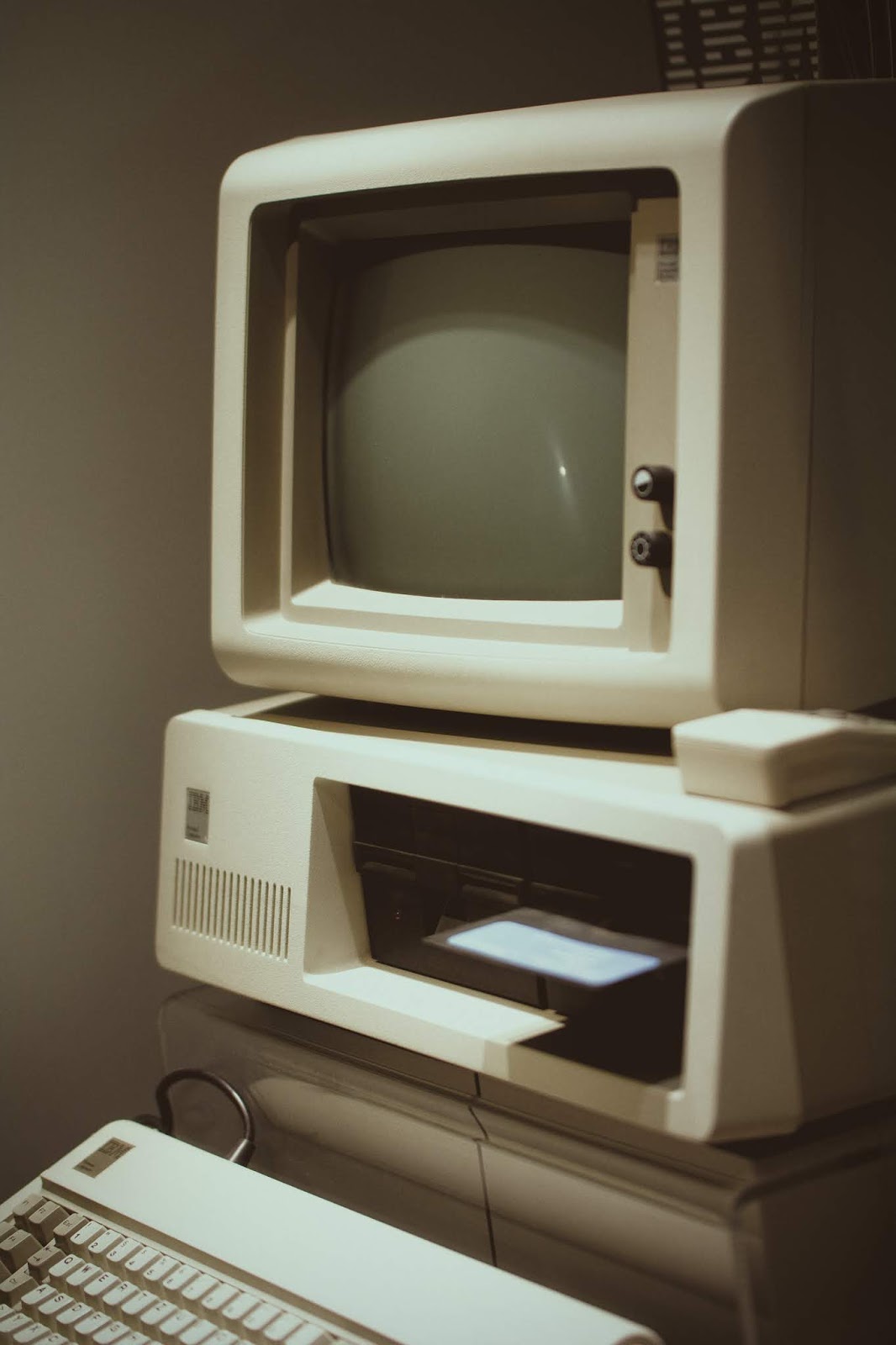 |
| Photo by bert sz on Unsplash |
3. Mainframe Computer
Mainframe computers are the powerful, large and expensive computer also known as for the high level of reliability and number of a computer of other computers are placed in different cities and connected with the main computer through telephone cables.It's commonly used by large companies for censorious applications such as construction, census, buyer statistics, undertaking money planning, and professional transaction, etc.
Examples Of Mainframe Computer
The most common examples of mainframe computers are IBM z10, IBM z13, IBM z14, IBM z15, and IBM z Enterprize, etc.
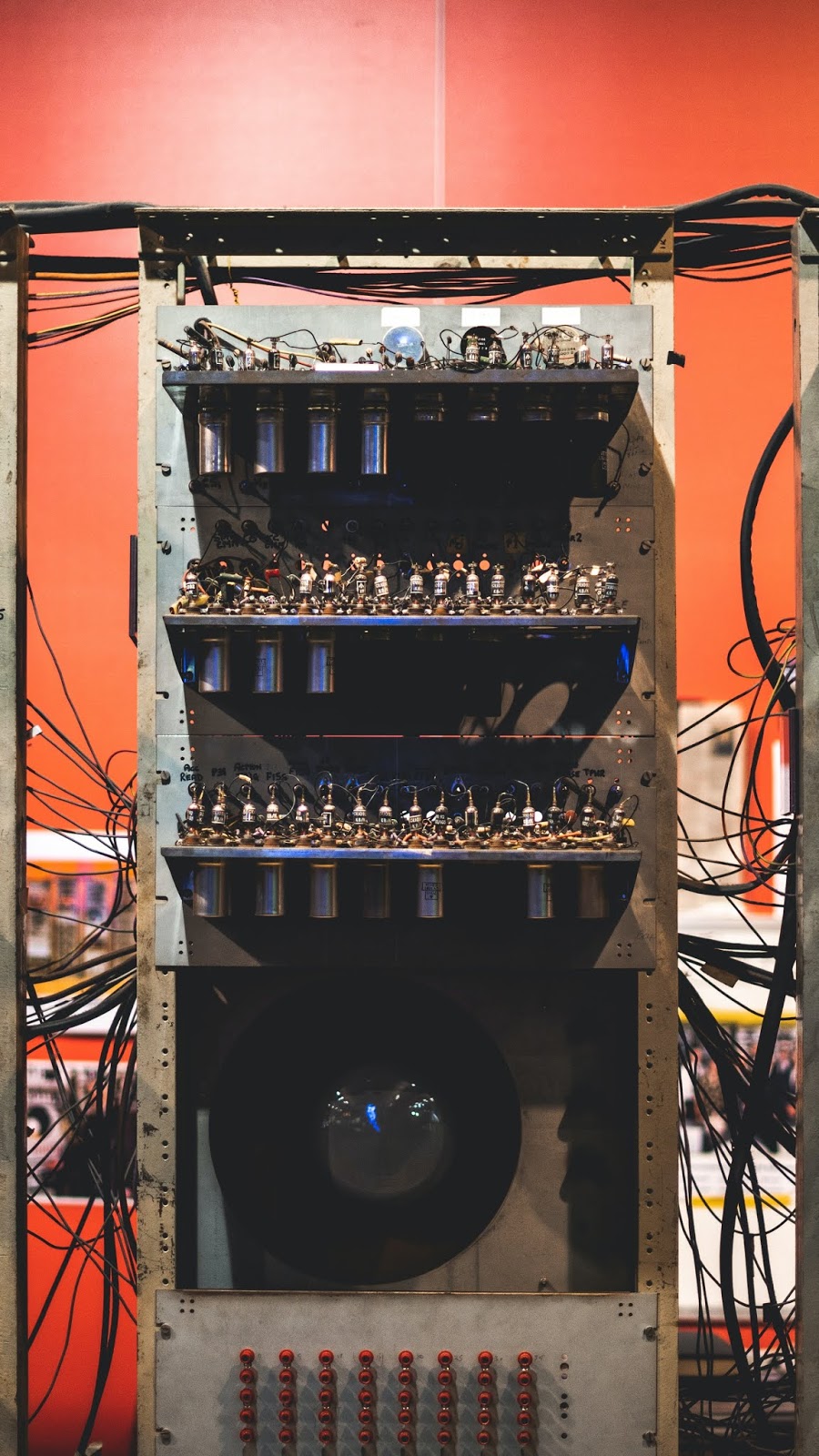 |
| Photo by Valentin Petkov on Unsplash |
4. Supercomputer
A supercomputer is the fastest, largest, and expensive computer in the world. It performs high-level trillions of calculations in seconds due to thousands of processors present in it. According to the report US Department of Energy, it is capable of performing 200 quadrillion or petaflops calculations per second. It plays an important role in the computer industry. We can also say it is the combination of multiple computers that are processing in parallel.China has the fastest computer in the world. It currently shows the list of 229 supercomputers.
It is used for many purposes like quantum mechanics, molecular pattern, oil, and gas inspection, weather foresee, and climate investigation, etc.
.
Examples Of Supercomputers
Examples of the world's fastest computers are Sierra (US), Sunway TaihuLight (China), Frontera (US), and Summit (US), etc.
 |
| Image by David Mark from Pixabay |
Components Of Digital Computer
The digital computer system has three basic components.1. Input Devices
The data provided by the user to the system is known as input devices. It takes input from the user after this covert that input into a binary system which makes it easy to readable for the computer.Examples Of Input Devices
It is the piece of computer hardware apparatus that is attached externally to the system such as joysticks, microphones, digital cameras, mouse, scanner, trackball, touch screen, light pen, and keyboard, etc.
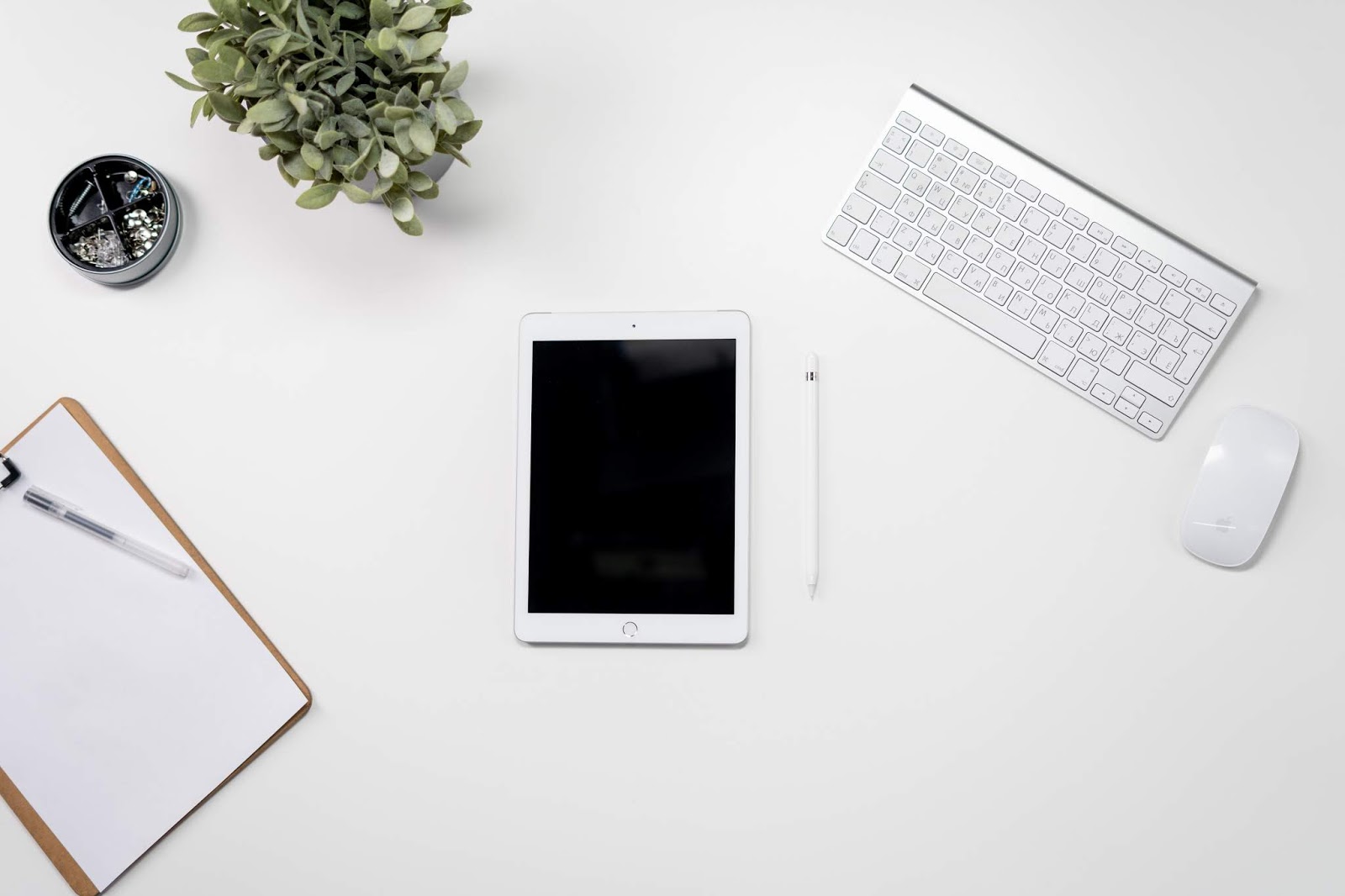 |
| Photo by cottonbro from Pexels |
2. Output Devices
An output is a result displayed to the user screen when the processing is over, based on user input.It is the piece of computer hardware apparatus that converts the binary system (0 and 1) into readers (human) viewable interface form in which the user had given the input.
Examples Of Output Devices
It includes many devices like audio, text, printers, video, video cards, speakers, plotter graphics, tactile, and monitors, etc.
3. Central Processing Unit (CPU)
CPU is the basic part of the computer it is also known as the main processor, central processor, and brain of the computer. The data provided by the user undergo some processing with some definite sequence then after completing the process result or output is shown on the screen. As brain control, the human body same as CPU controls the whole system. |
| Photo by 洋榤 郭 from Pexels |
CPU itself has many components every one is doing different work according to needs.
1. Control Unit (CU)
2. Main Memory
3. Input-Output Equipment
4. Arithmetic -Logic Unit (ALU)
All devices used to enter data and specific program instructions into a computer and to get the results of the processing operation.
How Digital Computer or CPU Works?
The input information received by an input device then it is stored in the main memory or if it is not for instant use then it is stored in an auxiliary storage device.
The control unit selects the instructions from the main memory proper sequence and passes on the appropriate commands to the relevant unit.
It also adjusts the different operating speeds of the input and output devices to the arithmetic-logic unit which has short form ALU. It is to make sure the proper fluctuation of data all over the complete computer system. As from its name it shows that ALU performs only arithmetic and logical innovation to process the data which is coming at exceedingly high speeds in many cases it is in nanoseconds which are billionths of a second.
The control unit, main memory, and arithmetic-logic unit (ALU) when it becomes together it makes the central processing unit which can also be called a CPU of the digital computer system. While on the other hand, other devices like auxiliary storage units, input, and output add up to the outlying apparatus.
Block Diagram Of Digital Computer
History Of Digital Computer
 |
| Photo by Andrea Piacquadio from Pexels |
In 17th century two-man, one is Gottfried Wilhelm Leibniz and another one is Blaise Pascal invented mechanical digital calculating machines.
First automatic digital computer devised by Charles Babbage. In the 1830s Babbage comes up with his device called Analytical Engine. This mechanical device is used to combine arithmetic operations wit decessions based on its calculations. It was one of the most fundamental elements of modern digital computers.
In the mid of 1800s, George Boole discussed the operating system on 0 and 1 only which is know called as Boole algebra. Boole basically discussed the analog to represents the syllogisms and logical forms.
In 1939, John V. Atanasoff which is an American physicist and mathematician ascribed the first electronic digital computer. He constructed this computer from 1939 to 1942 with his graduate student Clifford E. Berry. Konrad Zuse is a German engineer.
In 1946 two-man John W. Mauchly and J. Presper Eckert established an Electronic Numerical Integrator And Computer (ENIAC). It was the first common and extensive electronic computer.
In the 1950s the second generation of computers taken up. At that time use of transistors in the digital computer became commonly available. This small use of the transistor in computers gave many benefits like low power utilization, faster than the first generation and decreasing the size of the computer.
Later on, in the 1960s and 1970s many further good and forward things produced in the computer industry. This manufacture was the silicon ship, diodes, resistors, solid-state device, integrated circuit.
The third generation of the computer also developed which was named Minicomputer. From its name shows that this new machine would be smaller and powerful than previous generations.
So at the end of the 1980s use of personal computers increasing day by day and World Wide Web (www) conduct millions of users on the internet and at the end of 2019 about more than 5 billion people had internet access. In the coming century, the digital computer is becoming smaller, faster, more useful, and spreading everywhere. Nowadays, one of the most modern and useful digital computers is smartphones.
Development Of Generations Of Computer
1. First Generations Of Computers
The interval of the first generations of computers was from 1946 to 1959. It was about 13 years first-generation computers remains in the market at that time. The basic components of this computer are vacuum tubes for memory and other part circuitry for CPU. It is also known as Vaccum Tubes. These vacuum tubes are like a bulb that produced a lot of heat, unreliable, and bulky.This system is very slow in the process it takes a couple of weeks to solve the user problem and to get the output results.
ENIAC and UNIVAC computers are some examples of first-generation computers.
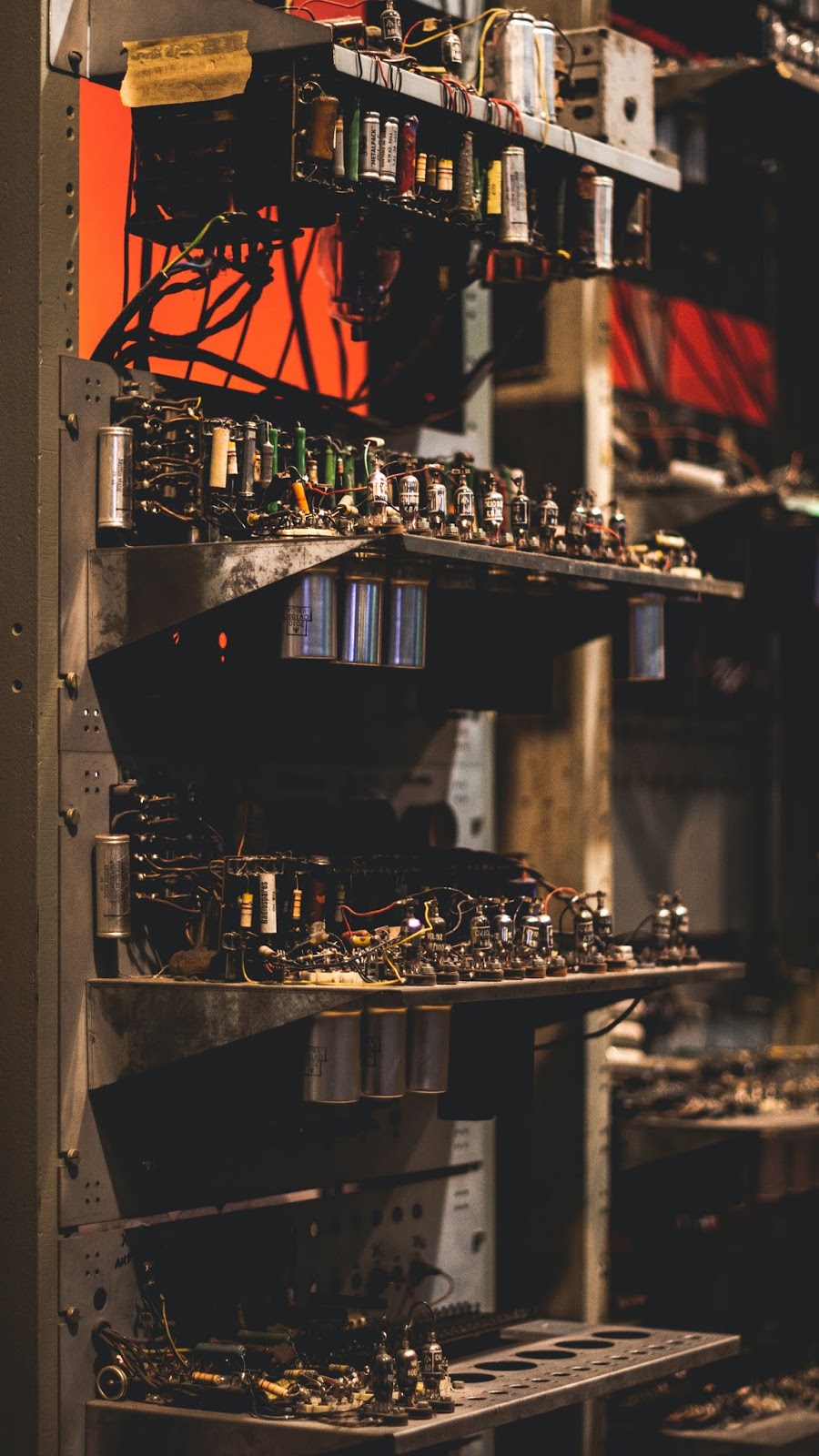 |
| Photo by Valentin Petkov on Unsplash |
2. Second Generations Of Computers
The interval of the second generation of computers start from 1959 to 1965 in this computer vacuum tubes of the first generation was replaced by the transistor. The transistor was cheap in price, denser in size, faster, and decrease power loss. Fortran Cobol programming language was used in this second generation. It was also known as a transistor computer.IBM 7094, IBM 1620, UNIVAC 1108, CDC 3600, and CDC 1604 are some examples of second-generation computers.
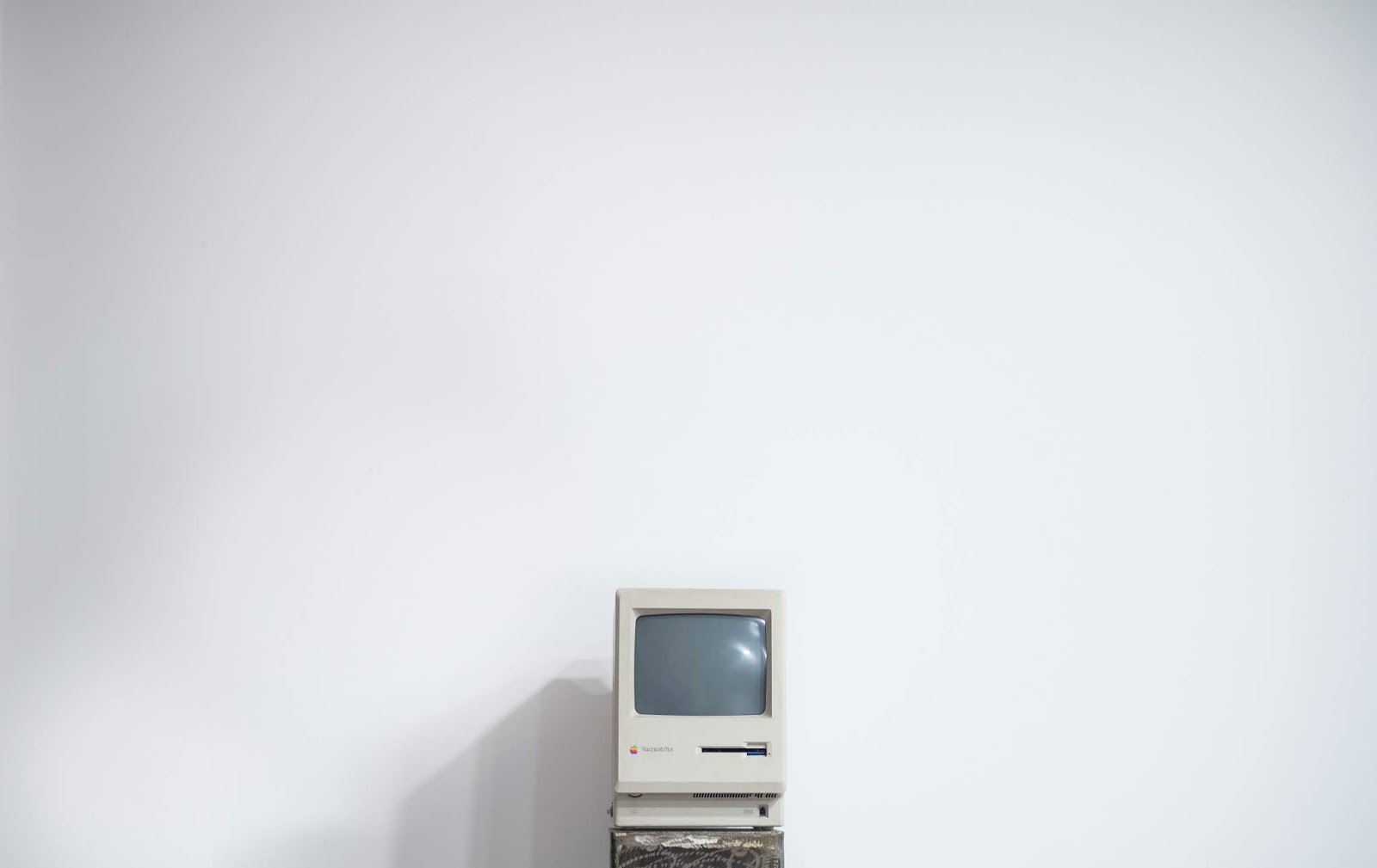 |
| Photo by Federica Galli on Unsplash |
3. Third Generations Of Computers
The interval of the third generation of computers started from 1964 to 1971in this computer development of the Integrated circuit (IC) occurred. It was the first basic step towards the modern computer that we're using today. IC was the small scale of transistors placed above silicon chips and they were named as semiconductors.Here the inputs of the computer became mouse and keyboard. Programming languages such as Pascal, Cobol, C, Fortran were used at that time.
PDP, DEC, and IBM 360 series are some examples of this third generation of computers.
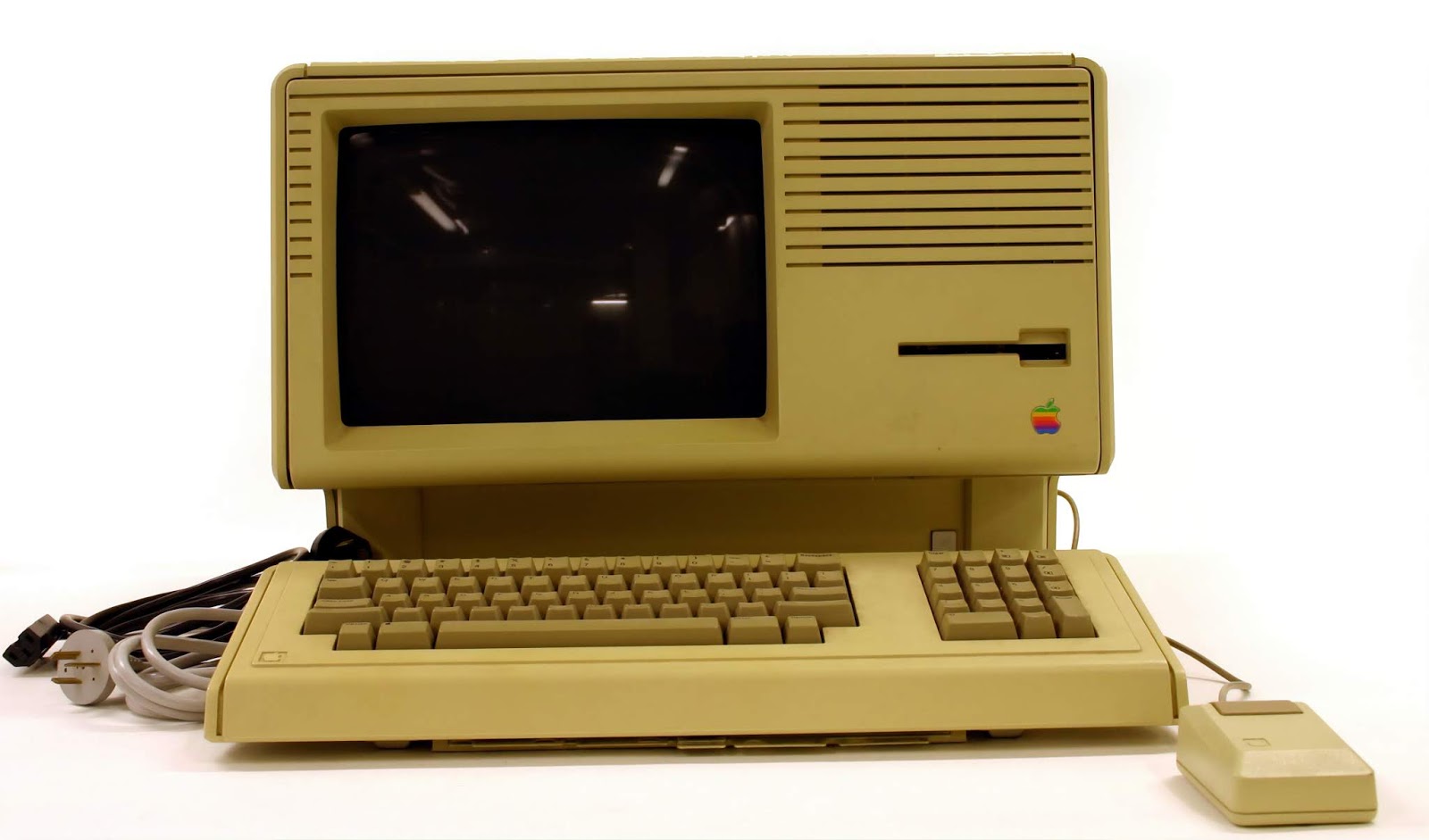 |
| Photo by Museums Victoria on Unsplash |
4. Fourth Generations Of Computers
The interval of fourth-generation was from 1971 to 1980 it was developed when the thousands of IC started to be fixed on the single silicon chip. The main features of fourth-generation computers are portable and reliable, cheap, no cool place required, the concept of the internet take place, the computer becomes available in the market, small in size, and very large scale integrated technology (VLSI) was used.They were quite fast, small and powerful type of computer. It can be connected to any external device which maybe works as input and output. It can be connected to the internet.
PDP 11, DEC 10, and Star 1000 are some examples of fourth generation computers.
5. Fifth Generation Of Computers
In this new technology, the very large scale integrated (VLSI) technology became ultra large scale integration technology (ULSI). It's based on parallel processing hardware and artificial intelligence (AI) software.AI is basically a method of manufacturing a computer in which computers thinks like a human. Javascript, Php, C++, C, HTML, and .Net, etc are the languages that are using on this computer.
Laptop, Chromebook, Mac Book, Desktop are some examples of the fifth generation of computers.
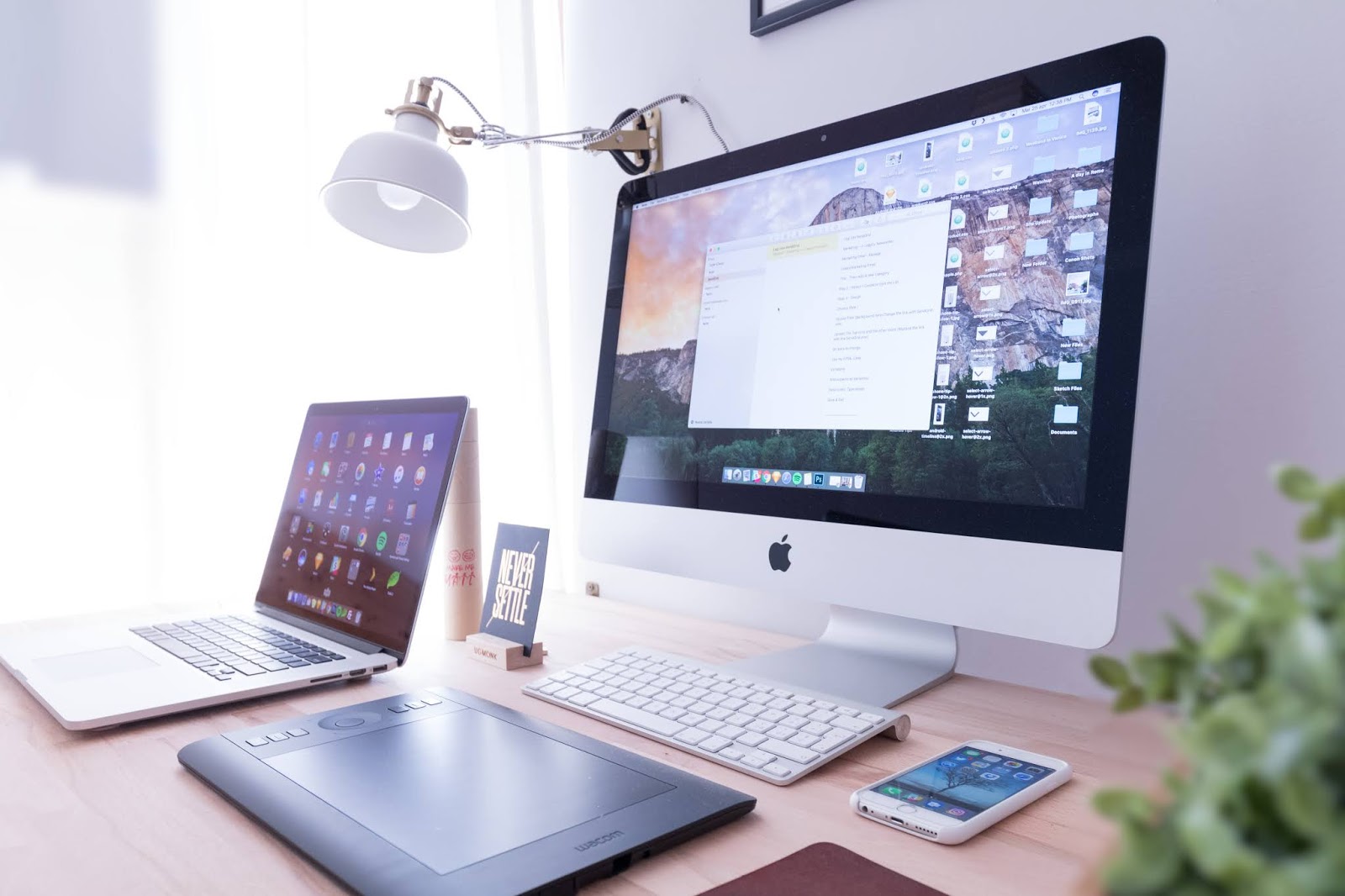 |
| Photo by Domenico Loia on Unsplash |
Digital Computers vs Analog Computers
 |
| Photo by Markus Spiske from Pexels |
| Digital Computer | Analog Computer |
|---|---|
| ● It works with digits or discrete signals. | ● It works with natural or physical value. |
| ● The accuracy is high. | ● The accuracy is low. |
| ● It works with discrete data. | ● It works with continuous data. |
| ● Results are obtained after the completion of computation. | ● The result or output is continuous. |
| ● Higher cost and expensive to buy. | ● Lower cost and cheap to buy. |
| ● Slower than analog. | ● Faster than digital. |
| ● For the general purpose. | ● For the specific purpose. |
| ● The output is the human-readable format. | ● The output is in the graph form. |
| ● It has a higher storage capacity. | ● It has a lower storage capacity or no storage. |
| ● This program can be reprogrammed. | ● This program can't be reprogrammed. |
| ● e.g desktop, personal computer, laptop. | ● e.g thermometer, Presley. |
Digital Computers vs Hybrid Computers
Hybrid is a mixture of analog and digital computer systems.
| Digital Computer | Hybrid Computer |
|---|---|
| ● It works with digits or discrete signals. | ● It works with both digital and physical value. |
| ● The accuracy is high. | ● The accuracy is moderate. |
| ● It works with both discrete data. | ● It works with both discrete and continuous data. |
| ● The output is in a human-readable format. | ● The output is both in a graph and a human-readable format. |
| ● e.g laptop, desktop, and pc, etc. | ● e.g airplanes, ultrasound, monitoring, and hospital, etc. |
Disadvantages Of Digital Computer
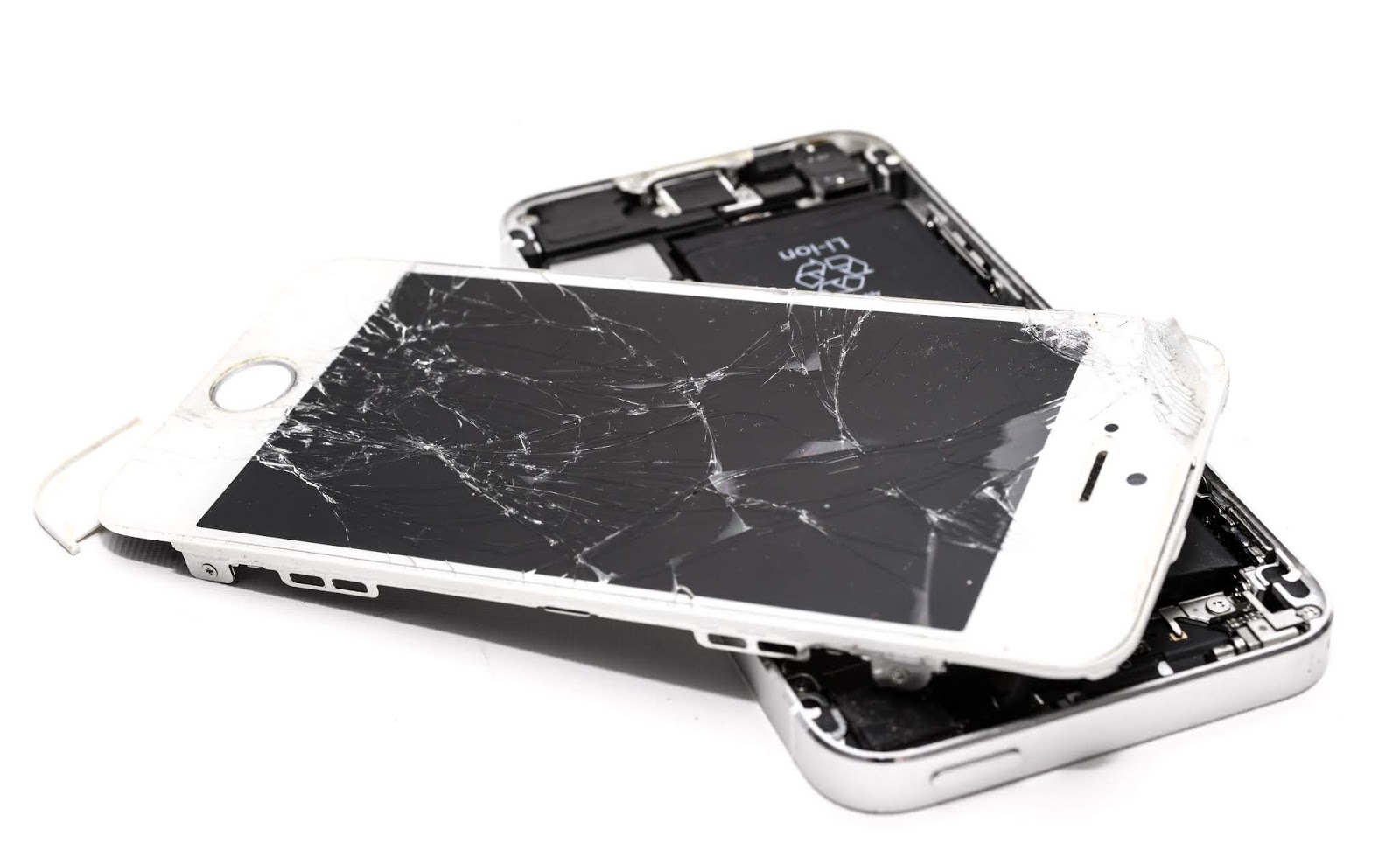 |
| Photo by Skitterphoto from Pexels |
- ● Slower system than Analog computer system.
- ● Highly Cost and Complication
- ● Health Risk
- ● Online Scam
- ● Violence & Crime
- ● Social Detach
- ● Addiction
- ● Time Wasting
- ● Privacy Disturb
- ● Chances Of Leak Information
Basically, digital computers are the very fastest way to communicate with each other, to store data, to perform various tasks at the same time and many digital computer companies work to manufacture new computers nowadays it is a basic need of a digital computer. If we switch off this system then the world will go back to 19s century.
Digital Computer | Types, Components, History, Development, Disadvantages
 Reviewed by Abdullah
on
May 16, 2020
Rating:
Reviewed by Abdullah
on
May 16, 2020
Rating:
 Reviewed by Abdullah
on
May 16, 2020
Rating:
Reviewed by Abdullah
on
May 16, 2020
Rating:


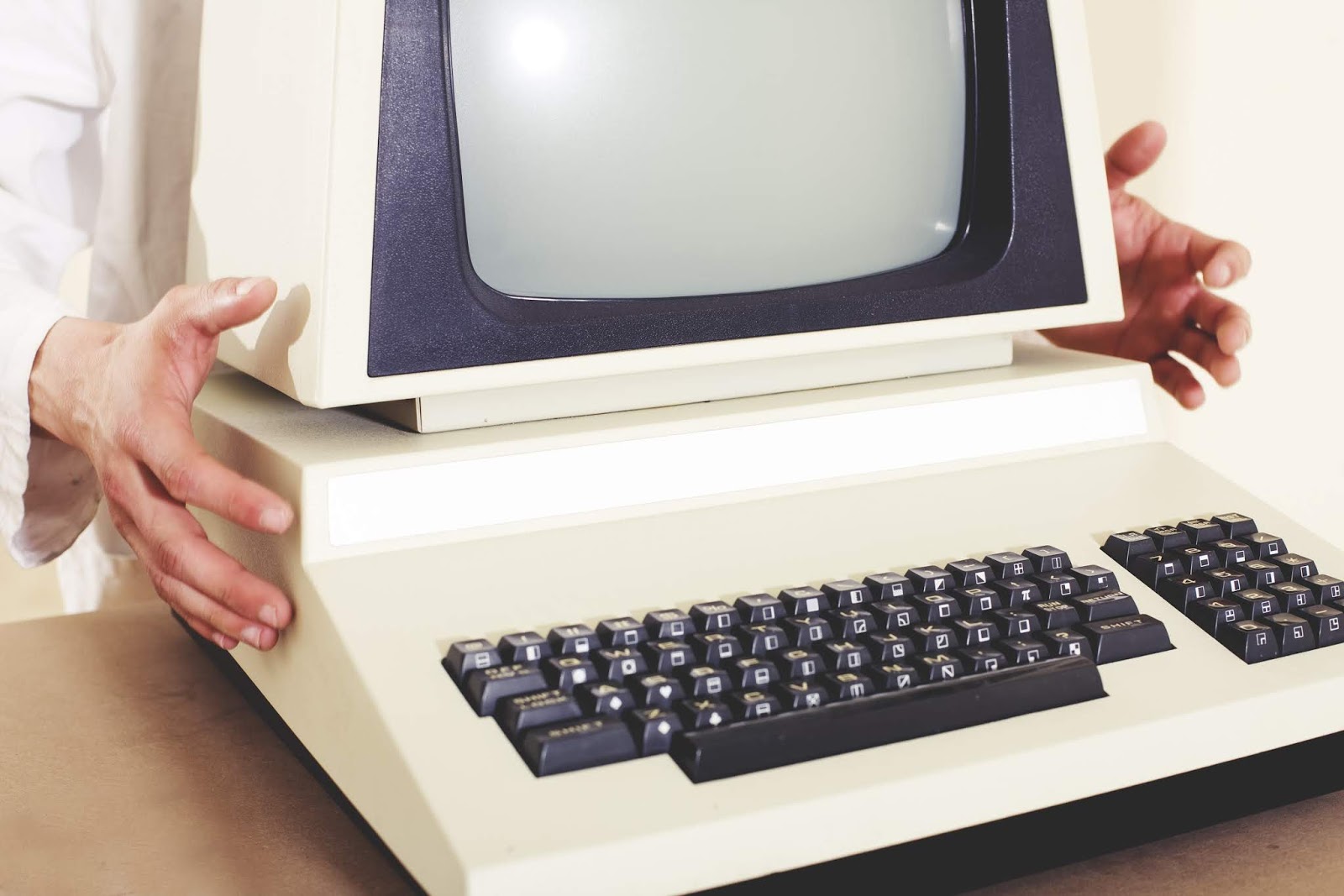
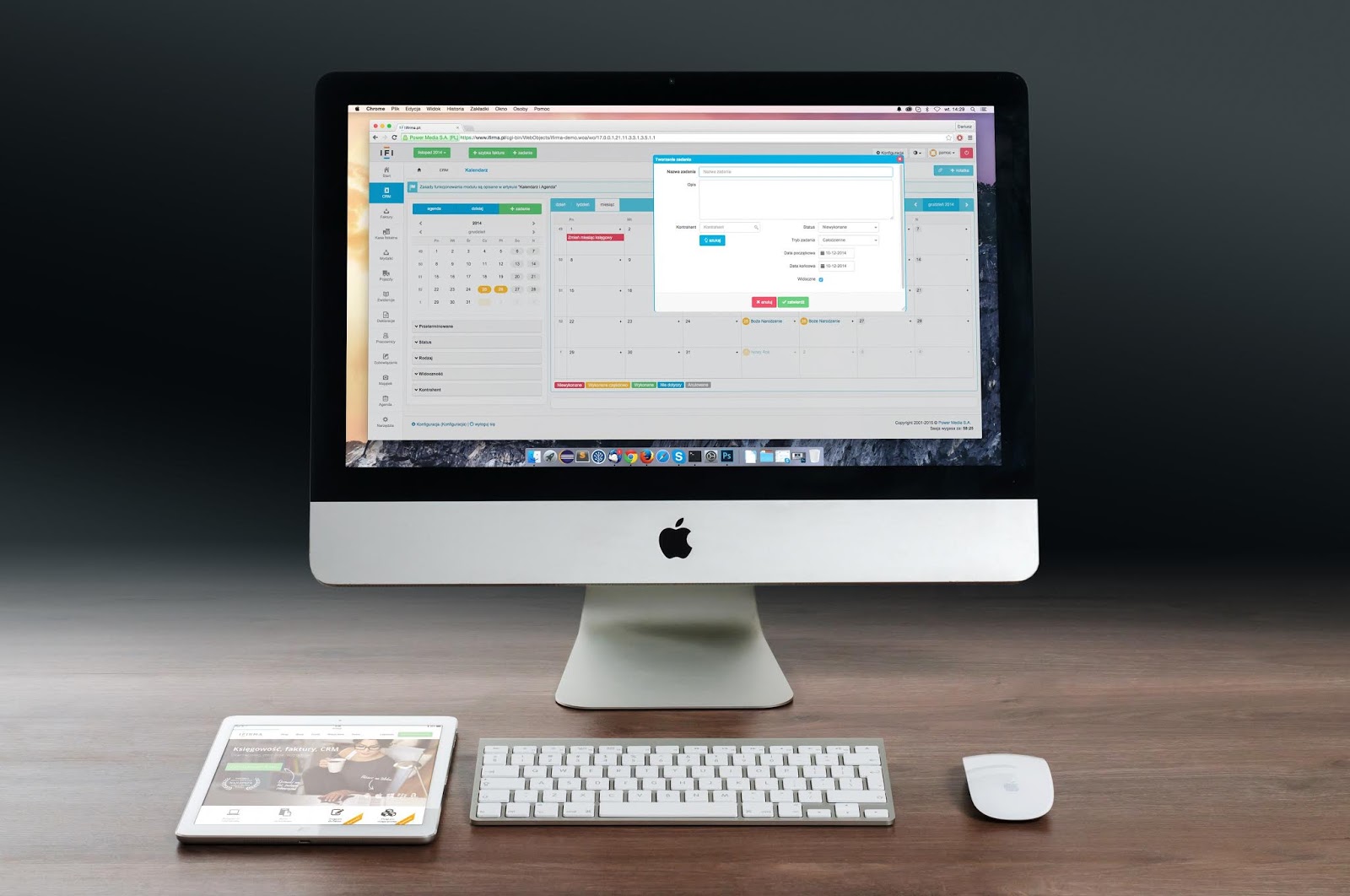
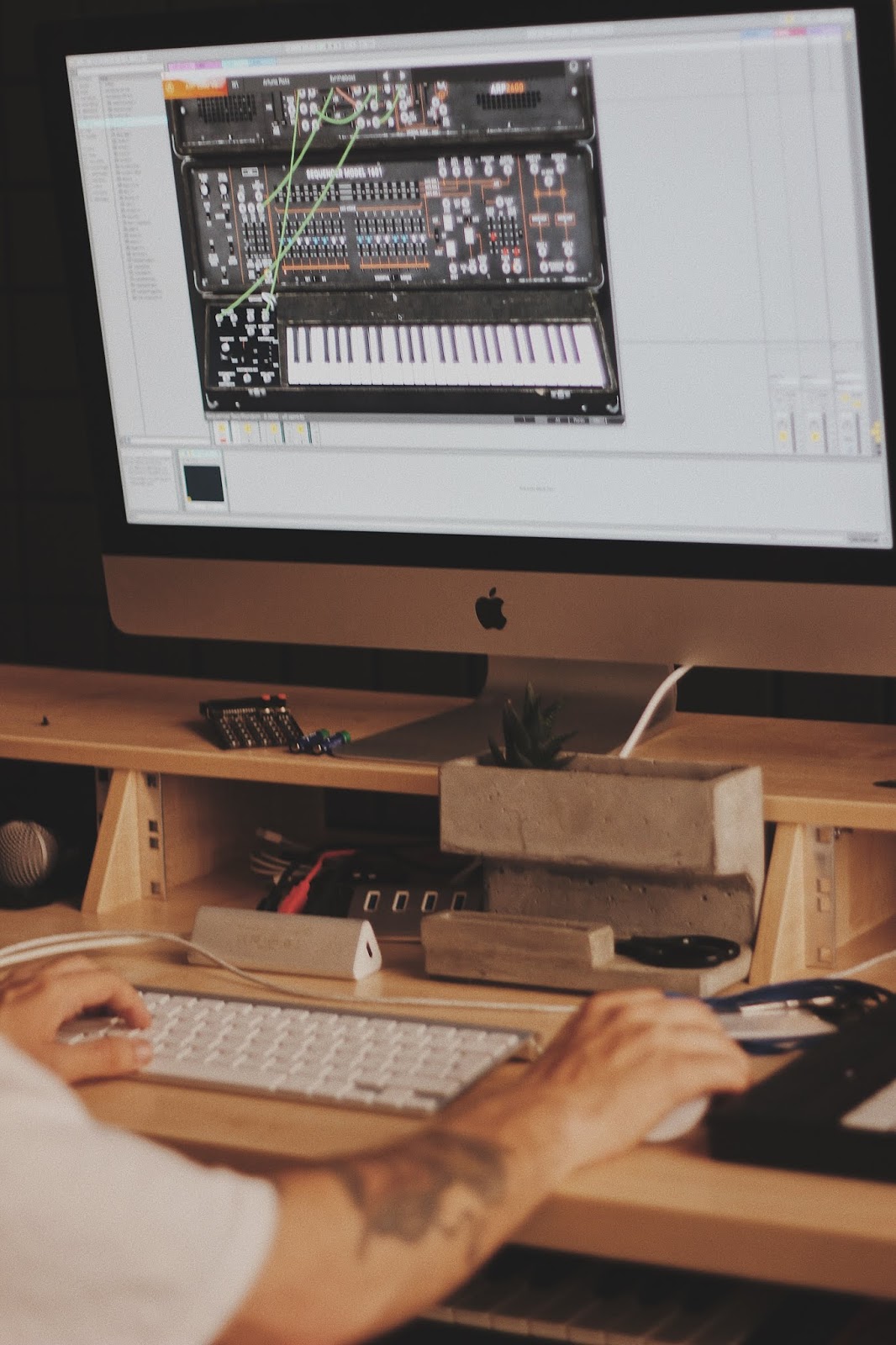

No comments:
Don't add any Spam link in comment box.